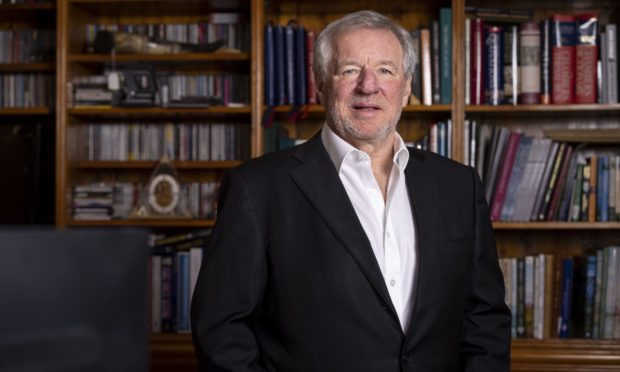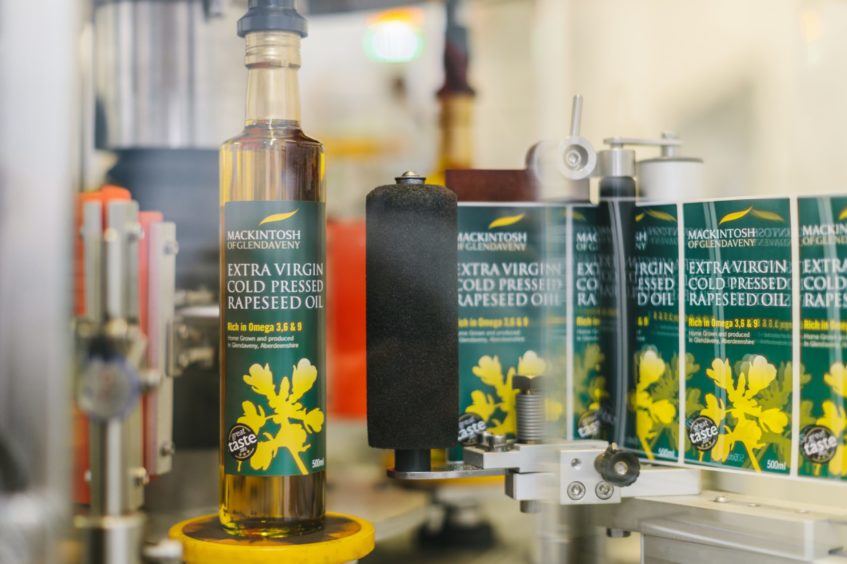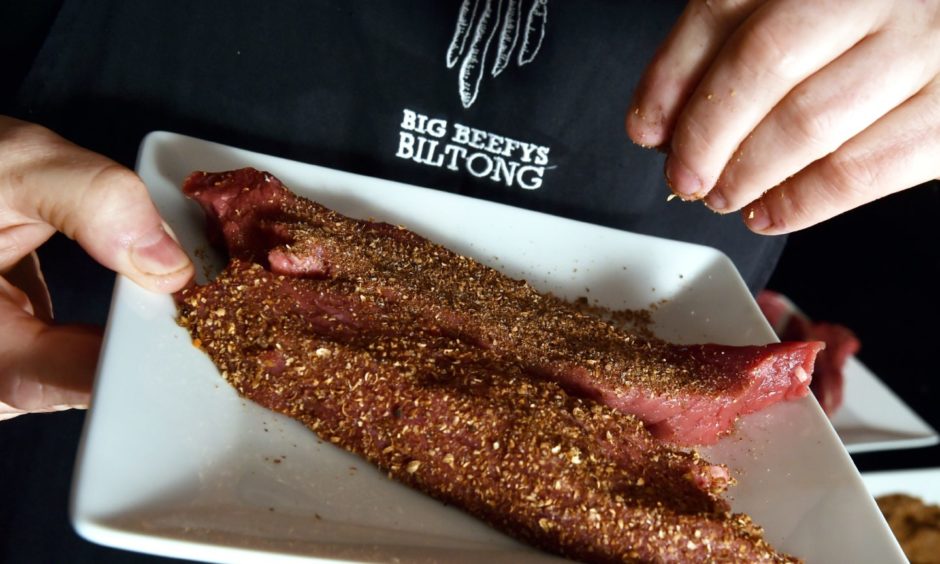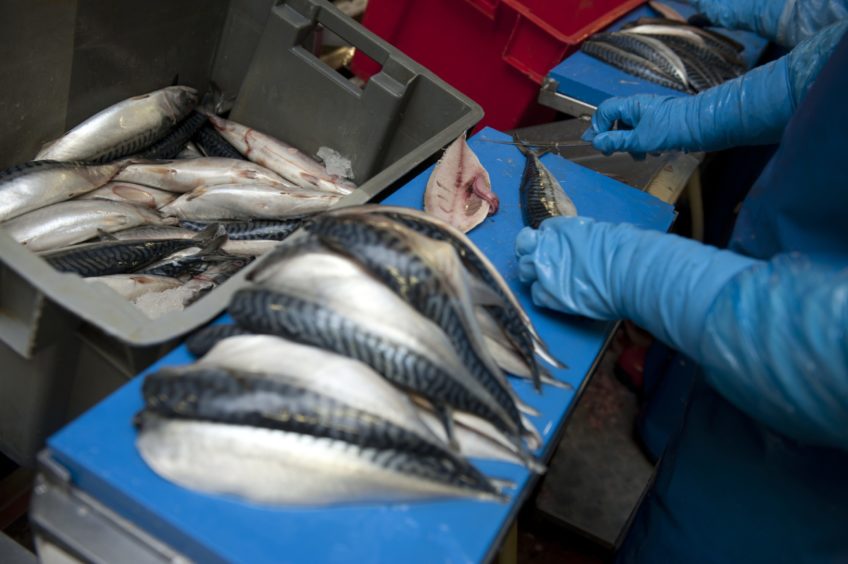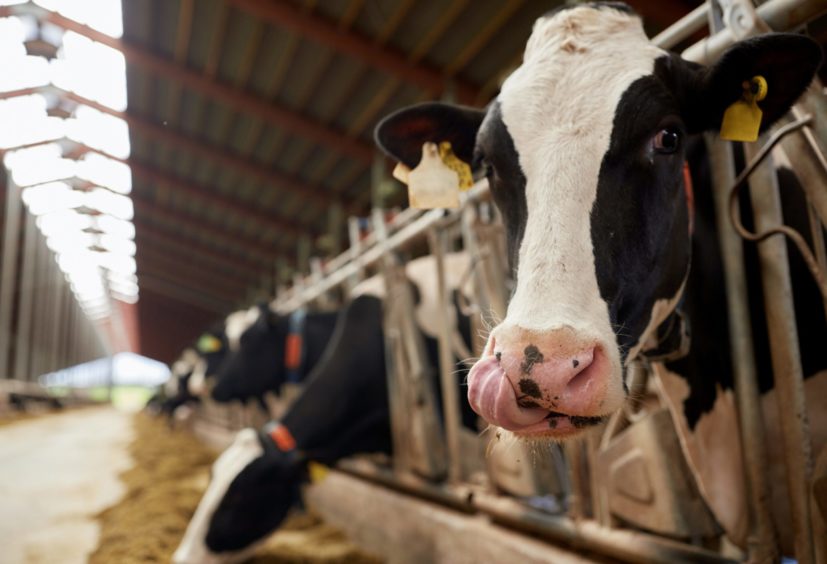In terms of commodities, there’s nothing more basic or crucial to life than food.
Everyone on the planet is a consumer. That might suggest a permanent seller’s market, but the food industry is as complex and fluctuating as any other, being highly competitive, fast-evolving and vulnerable to supply chain disruption, like most industries.
During the pandemic crisis, alongside our heroic health professionals, the food industry has made a valuable contribution by keeping us adequately fed and our supermarkets well-stocked.
Along with the complementary drink industry, the food sector in Scotland has a turnover of £14 billion and employs 119,000 people.
In the north-east, farming, fishing, manufacturing and processing businesses support more than 22,000 jobs.
With a turnover of £2.2bn annually, the region accounts for more than 20% of Scotland’s food and drink output.
Iconic firms such as Mackie’s of Scotland, Farmlay Eggs, Mackintosh of Glendaveny and Dean’s of Huntly are industry-leading in their markets, product development and use of technology.
ANM Group, based at Thainstone, near Inverurie, with an annual throughput of £150 million, is one of the most dynamic and forward-looking farmer-owned businesses serving the UK agriculture, commercial and industrial sectors.
Across the entire industry, despite being hard hit by the pandemic, firms have risen to the challenge of growing their businesses through development and innovation.
During the pandemic crisis, alongside our heroic health professionals, the food industry has made a valuable contribution by keeping us adequately fed and our supermarkets well-stocked.”
There’s plenty of support available to them. Industry leadership group Scotland Food & Drink has set up The Academy, a series of three programmes – Seeding Growth, Accelerating Growth, and Commercial Excellence – designed to support companies at various stages of development over two-and-a-half years.
The first cohort has attracted 38 firms, several of them north-east food companies, including Big Beefy’s Biltong (based in Aberdeen), Smoke and Soul (Aberdeen), Hungry Squirrel (Crathes), Gourmet’s Choice (Portsoy) and Middleton of Rora Dairy Produce (near Peterhead).
The Academy programmes will support them in upskilling, innovating and every other aspect of business growth.
A major new boost for the industry in the region was given the green light last month when Aberdeen City Council approved plans for the SeedPod hub on the outskirts of the Granite City.
Construction will start later this year on this £21m investment, led by Opportunity North East (One) in partnership with Scotland’s Rural College, designed to help businesses accelerate the adoption of advanced manufacturing processes and technology.
Another initiative by One, the Seafood Transformation Project, targets a 35% increase in business turnover and up to 2,000 new jobs.
Seafood processing in the north-east is already a £700m sector, employing more than 4,000 people.
The Seafood Transformation Project is focused on delivering new processing capacity, more value-adding activity and international market development.
Industry innovations will include automation and robotics, which will not only deliver productivity and environmental gains but also increase the value and number of jobs in coastal communities, as the emerging reality of these technologies dispels the myth that it destroys jobs.
One’s agrifood tech programme, launched last year to support productivity in agriculture, is driven by technological innovation, to transform the food industry supply chain.
In the words of One food, drink and agriculture director Peter Cook: “Automation and artificial intelligence, digital sensor systems, and data analysis tools improve efficiency in supply chains, and give our producer and processor businesses a competitive advantage.”
The aim is to increase productivity by 25% through the development of digital solutions.
One’s agrifood tech initiative is supported by partners such as Herd Advance -developing on-farm technology and systems to drive improvements in beef cattle herd management through improved efficiency and profitability, with a reduced carbon footprint – and Grown Agritech, which is developing software and artificial intelligence to manage indoor vertical farming food production systems supported by a digital platform.
Shire council allocates nearly £38,000 to help Opportunity North East food and drink projects
The more traditional food industry producers are getting support too, with new entrants to Scottish fishing aged under 40 now eligible to apply to Marine Fund Scotland for up to 75% towards the purchase of a second-hand boat.
Across every part of the north-east food industry, resilience, innovation and a can-do spirit are creating the conditions for a post-pandemic entrepreneurial surge to reassert our position as a leading larder for Scotland and the world.
Martin Gilbert is a co-founder and former chief executive of Aberdeen Asset Management.
